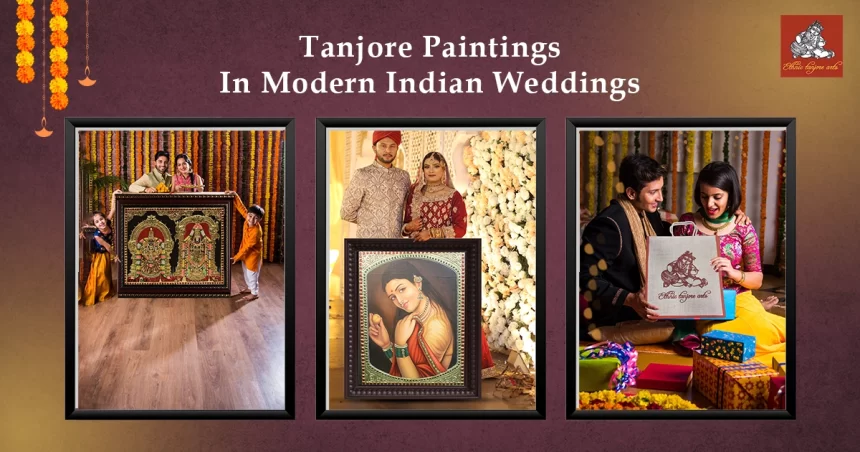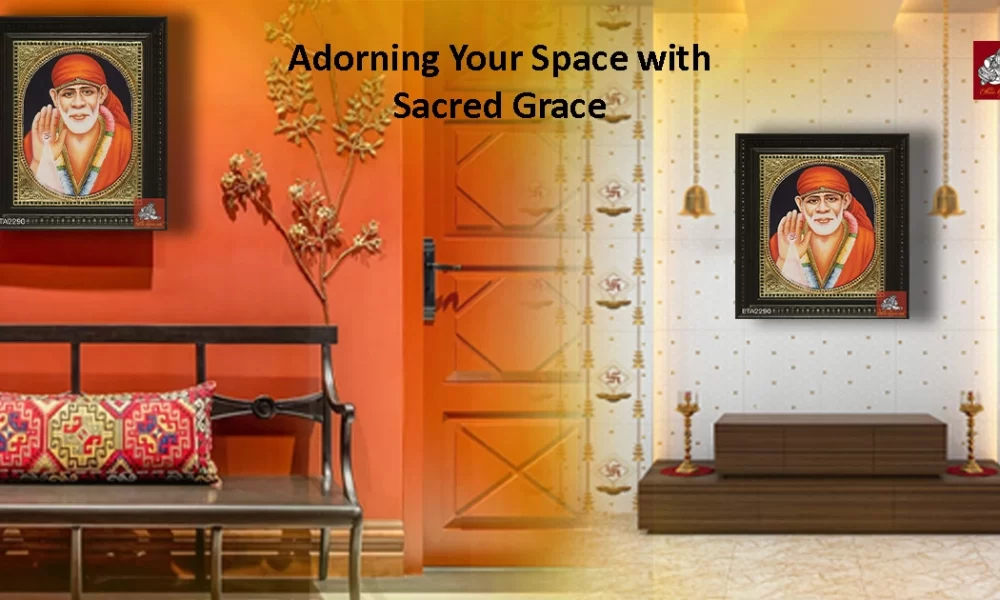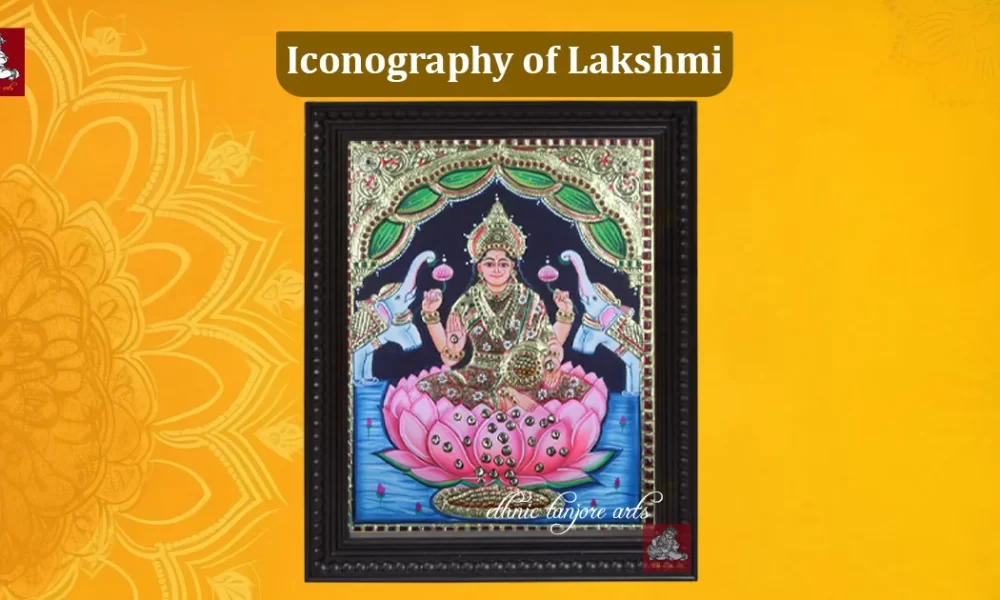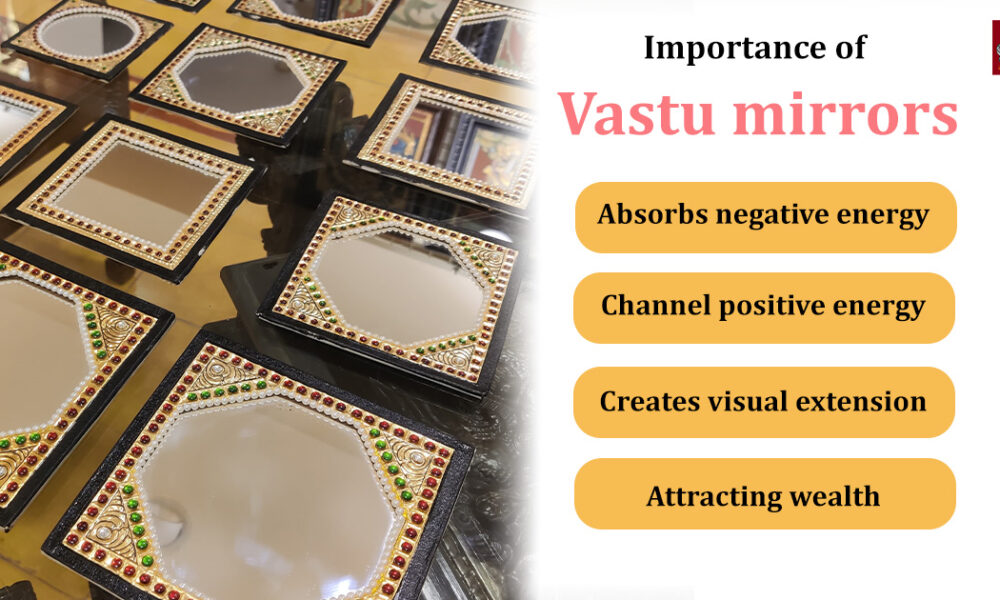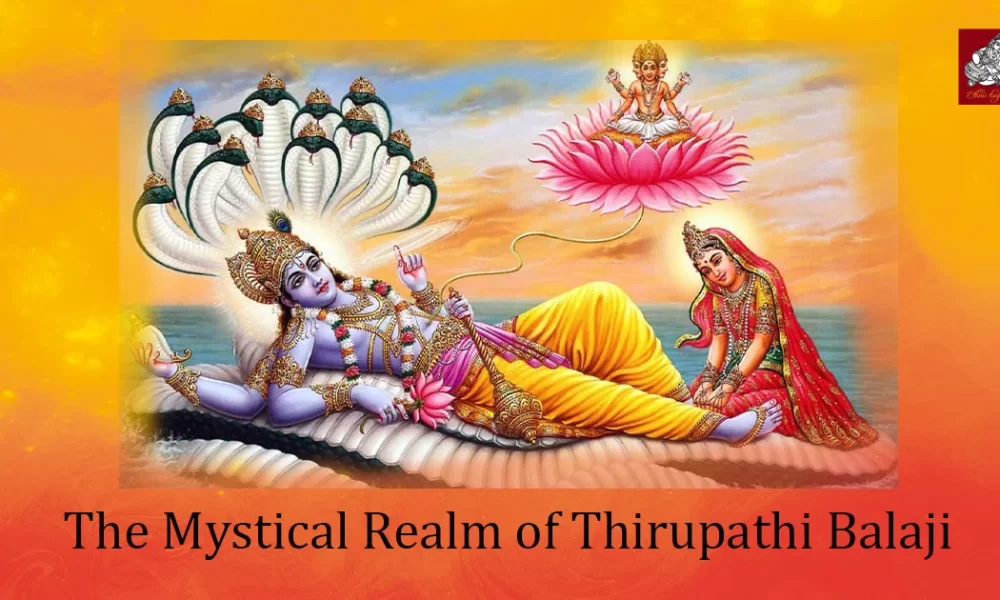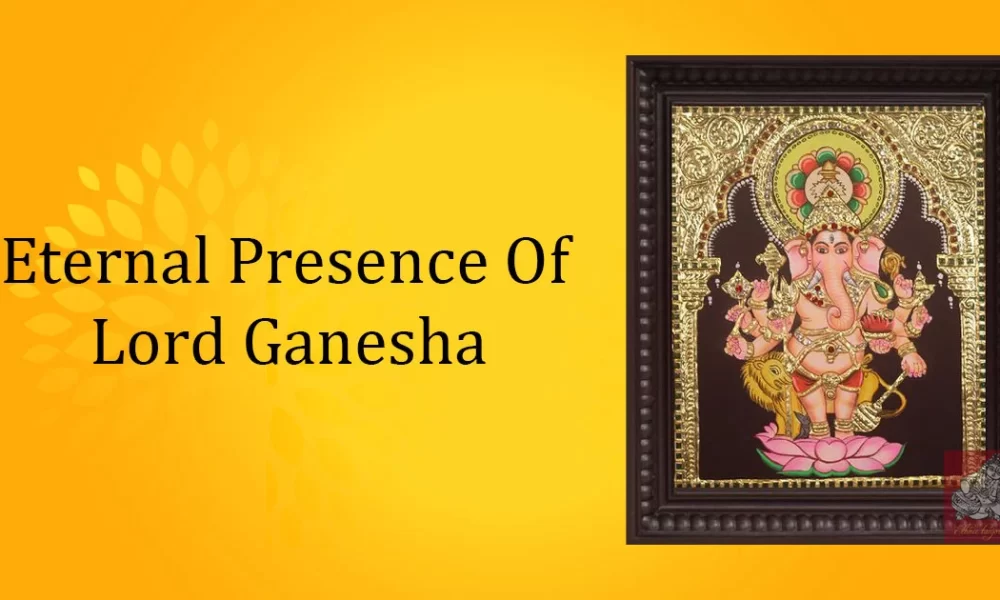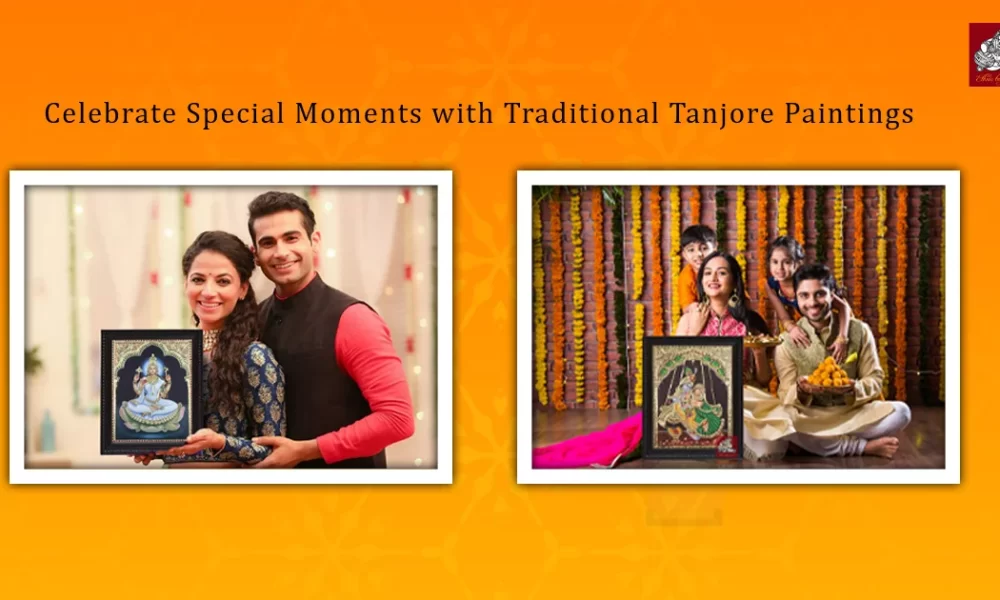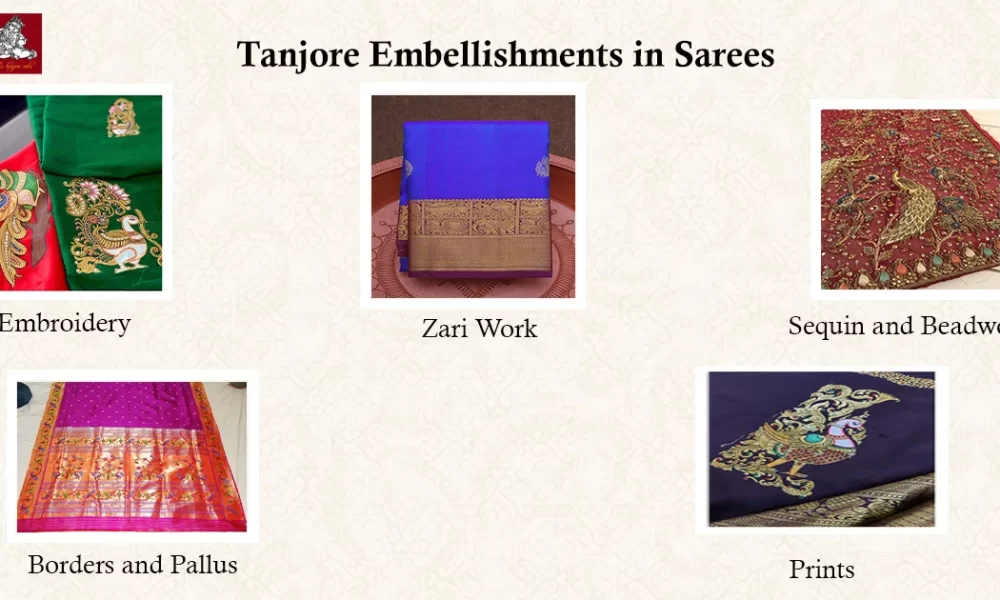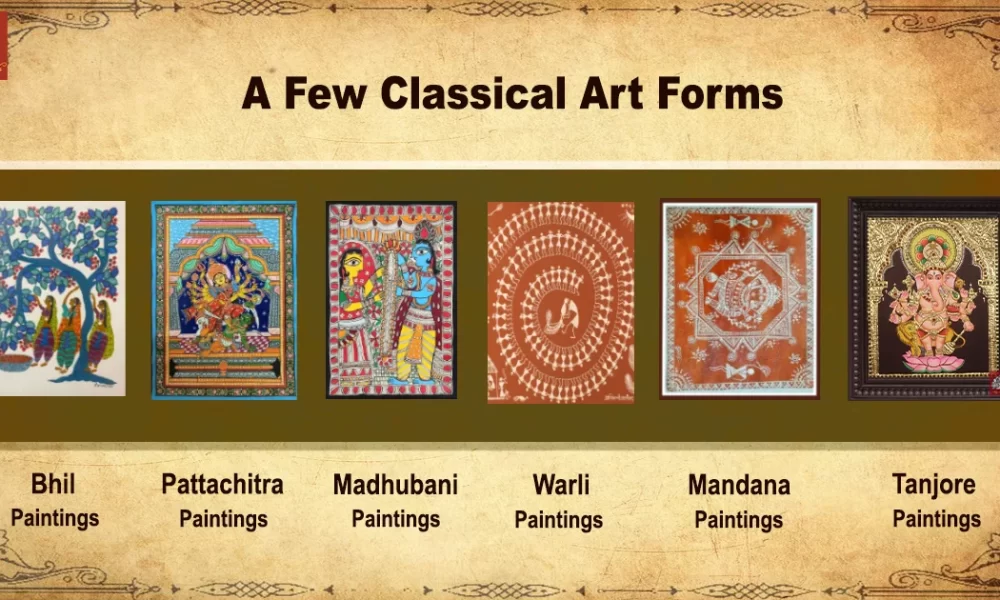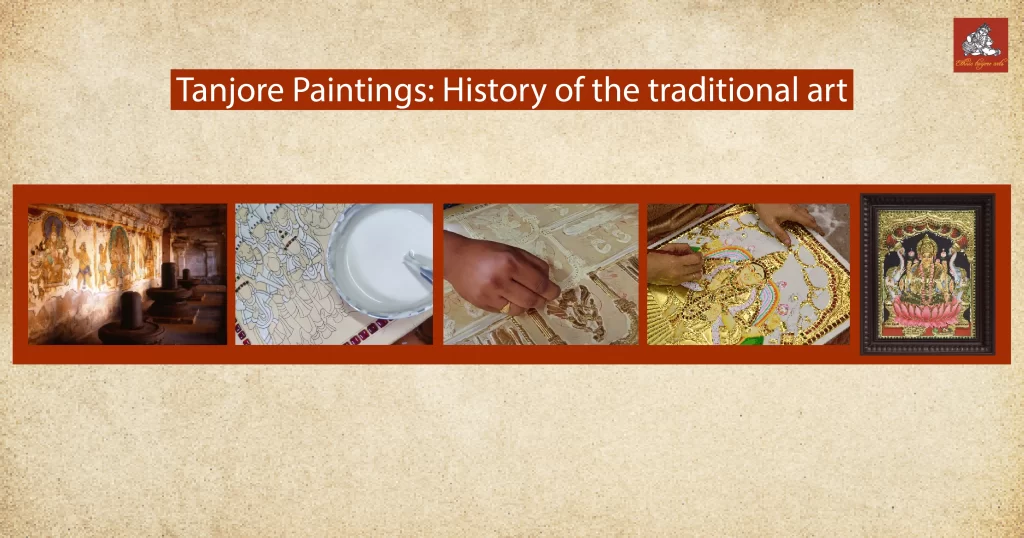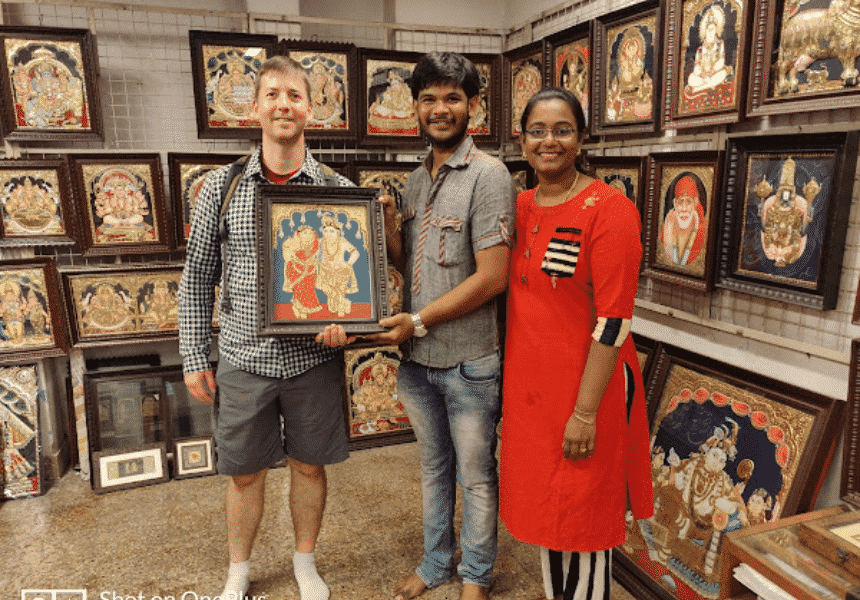Introduction
A wedding is a day of joy, promise, and blessings for the groom and bride towards a happily ever after life. Though the traditions remain the same, various contemporary and traditional elements can be incorporated to make the big day memorable for the couple and also for the guests who came down to take part in the jubilant occasion.
We have seen various wedding trends come and go, but certain concepts are becoming more and more popular for all the right reasons. Instead of the traditional way of getting married at home, couples and their families are choosing destination weddings with picturesque scenery. Hindu weddings are highly influenced by traditions, culture, and rituals, and the wedding has now evolved into a perfect blend of tradition and modernity.
We can weave tradition into modern weddings with a plethora of choices. One such radiant element to be incorporated is Tanjore painting.
So, let’s delve into it.
The Significance of Tanjore Paintings in Indian Culture
Tanjore paintings are one of the important art forms, with history and heritage in the realm of Indian art, along with other art forms such as Warli, Madhubani, and Pattachitra Paintings. Also known as “Palagai Padam,” Tanjore paintings are depictions of devotion, purity, and excellence.
Origins of Tajore paintings date back to the golden era of the Chola dynasty in Thanjavur, the land of art, architecture, and dance that houses the legendary Periya kovil (Brihadeeswarar Temple). After the Cholas, the art form evolved and flourished subsequently under the rule of Marathas, Nayaks, and Rayas, who were great patrons of art and architecture. A notable ruler who loved, promoted, and encouraged the art form is Serfoji II Bhonsle.
The subjects of Tanjore paintings are prominently Gods and Goddesses from Hindu mythology. Paintings are sketched on the grounds of tales from the scriptures and holy books, Ramayana and Mahabaratham. Deities are portrayed with vibrant colors, intricate details, gold foils, and precious gems. These paintings are not just portraits but a representation of the divine consciousness and act as a doorway to prosperity and harmony.
Tanjore Paintings in Modern Indian Weddings
Tanjore paintings are characterized by their intricate details, vibrant hues, round-faced idols with almond eyes, gold foil layering, Gesso work, and laying of precious and semi-precious gems. When all the elements come together harmoniously, the end result is a marvelous portrait that depicts century-old tales with much pleasantness.
As time evolves, the materials used for Tanjore paintings have also evolved to cope with material costs and availability. So have the weddings, with Western influences, with new jewelry designs, contemporary fashion, etc.
There are no strict rules for wedding planning, allowing you to capitalize on the concept and incorporate traditional elements to make your day unique and memorable for your guests.
You can weave a story for your guest through small culturally rich elements, such as taking inspiration from Tanjore paintings and incorporating them.
Incorporating Tanjore paintings as wedding decor and gifts
Incorporating can be done with small elements such as decor and gifts, or you can revolve your entire theme of the wedding around Tanjore culture and legacy.
Foremost, Tanjore motifs can be used on wedding invitations to emanate traditional values and add a cultural touch. Thanjavur paintings can also be used as focal points, either near the entrance or in the center of the mandap. A portrait that would go with a wedding is none other than the Tanjore paintings of Radha Krishna.
Mini Tanjore paintings can be presented as gifts for the guest as a token of appreciation. Furthermore, your bridal attire and accessories can also be chosen with the theme, as Tanjore paintings inspire designs are sewn or printed on the traditional Thanjavur silk sarees. Accessories can also be customized.
The ideas for including cultural elements in weddings are countless. A photo booth, a live demonstration, backdrops, cakes, and cuisine can all be made to reflect the cultural theme of the wedding.
Embracing Heritage and Culture Through Tanjore Paintings
Tanjore paintings are exquisite art forms, and that is a given. What’s more is, that antique Tanjore paintings are a reflection of the likings, practices, and influence of the Cholas and people who lived in the land hundreds of years ago.
This art form is the fruit of labor and love, passed down through generations, making it a heritage and a story of time. The Indian government gave recognition to Tanjore paintings as a “Geographic Indication” between 2007 and 2008.
Tanjore paintings are a testament to the Indian art realm and its artistic traditions. They are deeply loved by art enthusiasts around the world and especially endeared by Tamil people, often appreciated for their intricate craftsmanship and radiance of the paintings.
Conclusion: Preserving Tradition in Modern Celebrations
Trends come and go, but traditions are carved in time. It’s a wise decision to weave both concepts of time together and create unique styles and designs for any occasion. Tanjore paintings are culturally and religiously significant, and they have stood the test of time.
As centuries pass, the art form is still being drawn, but not with the same intensity as years ago. This is a reason why we must support the artists who still practice the art with much love and devotion as a way to preserve the beautiful art, which serves as inspiration for millions of people in a myriad of fields.
To conclude, the art forms can be incorporated into our lives, with a Shiva Parvathi Tanjore painting in the Pooja room, an ornamental portrait of a peacock in the office lobby, or gifting a portrait of Murugan to your friend or family’s housewarming. So, embrace the heritage of this marvelous art and take pride in our culture.

